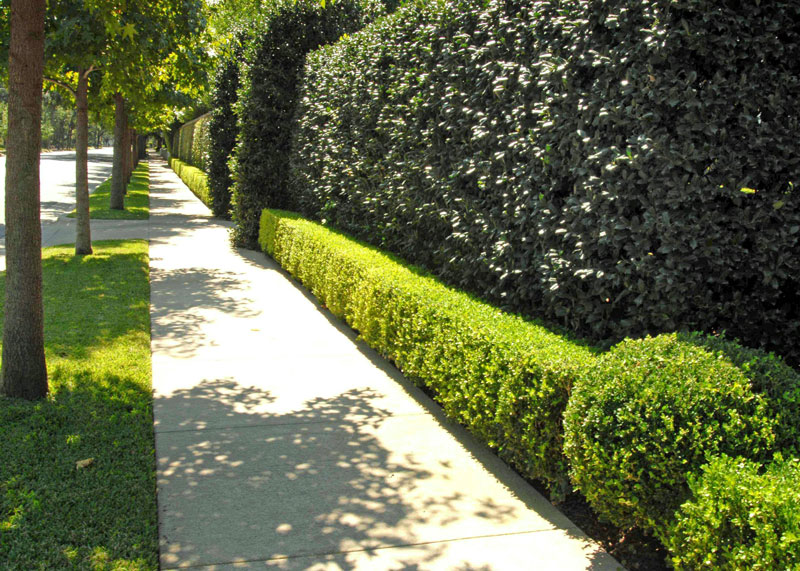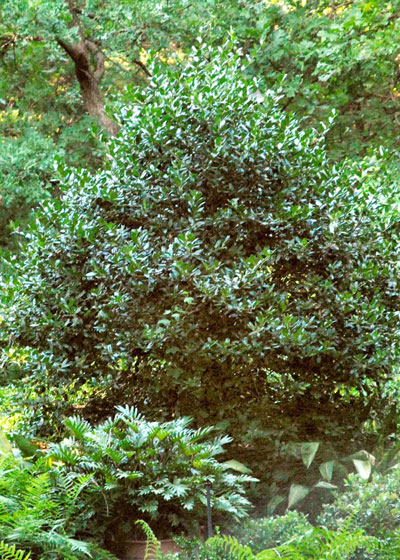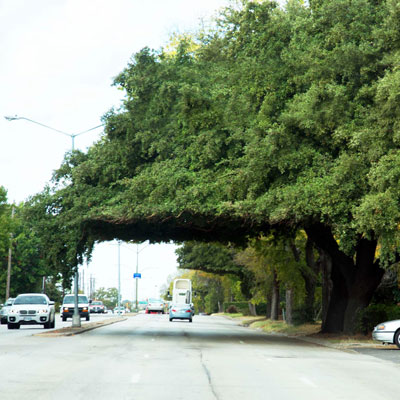How much can you prune a plant back?
If I’m going to buy a puppy, and if I live in a studio apartment, I’m probably going ask some questions about the dog’s mature size. Funny, isn’t it, that so few people do that when they’re out buying plants. Then the question comes: How far back can they whack?
The problem all stems back to genetics. A plant that is biologically programmed to grow 10 ft. tall has no business being planted beneath a 3-ft. window. But we do it. A tree that spreads 50 ft. out from its trunk has no business being planted street-side in the city. But we do it.

Width is an issue. Our grandparents planted arborvitae on both sides of the front entry. They were beautiful for a while, but eventually they started to grow out over the sidewalk. And that’s when the hedge shears came out and the arborvitaes were stripped bare. The sad part is that conifers like arborvitaes, junipers and cypress don’t send out new shoots when we cut back into their canopies.

The beds that attend your house need to be appropriately sized. If you’re landscaping a large house, especially a two-story one, 3-ft.-wide beds won’t be in scale with their surroundings. You’ll want at least 6 or 7 ft. of width, broadening out at the entry and corners to perhaps 10 or 15 ft.. That will give your taller accenting and tree-form shrubs enough room to grow, provided, of course, that you set them out 6 or 8 ft. (or farther) from the house.
Let’s say you have a permanently bordered bed that’s only 3 or 4 ft. wide, yet you want to conceal a wall or fence to 6 to 10 ft. tall. That’s where you really need to be careful, because if you plant tall shrubs too close to the house, they’ll become flat-sided as they develop, and their roots will also present some amount of danger to the foundation as they suck water during dry summers. If you plant them too close to the other side of the bed, they may grow into the driveway, alley or walk. Either way, you’re in trouble. That’s when it might be better to plant a clinging or clambering vine to go up the wall or fence and then to plant dwarf shrubs or groundcover at its base. You get the visual impact of tall shrubbery, but you don’t crowd into that valuable ground space.

Even quality shade trees may not be a good match for specific urban situations. Live oaks are massive and spreading shade trees, yet how often do we see them being used as street trees? Delivery trucks bang into their branches until cities are forced to flat-side them. That’s sad, when smaller and more upright trees like Little Gem magnolias or crape myrtles would have been better options.

Drive through an old neighborhood. Look at how many trees have been V-grooved or flat-topped because they were threatening to take power lines down during the next ice or windstorm. The truth of it is that the power lines were there first. Those issues never did need to occur. All that was needed was a bit of prior planning in choice of the trees.
Finally, to round out the discussion, the real answer as to how far a plant can be trimmed probably would be by 20 or 25 percent, and the winter dormant period would be your best time. But you need to know going in that it’s no assurance that pruning alone will be your solution. It may be time for a landscaping makeover to down-size your plantings.
